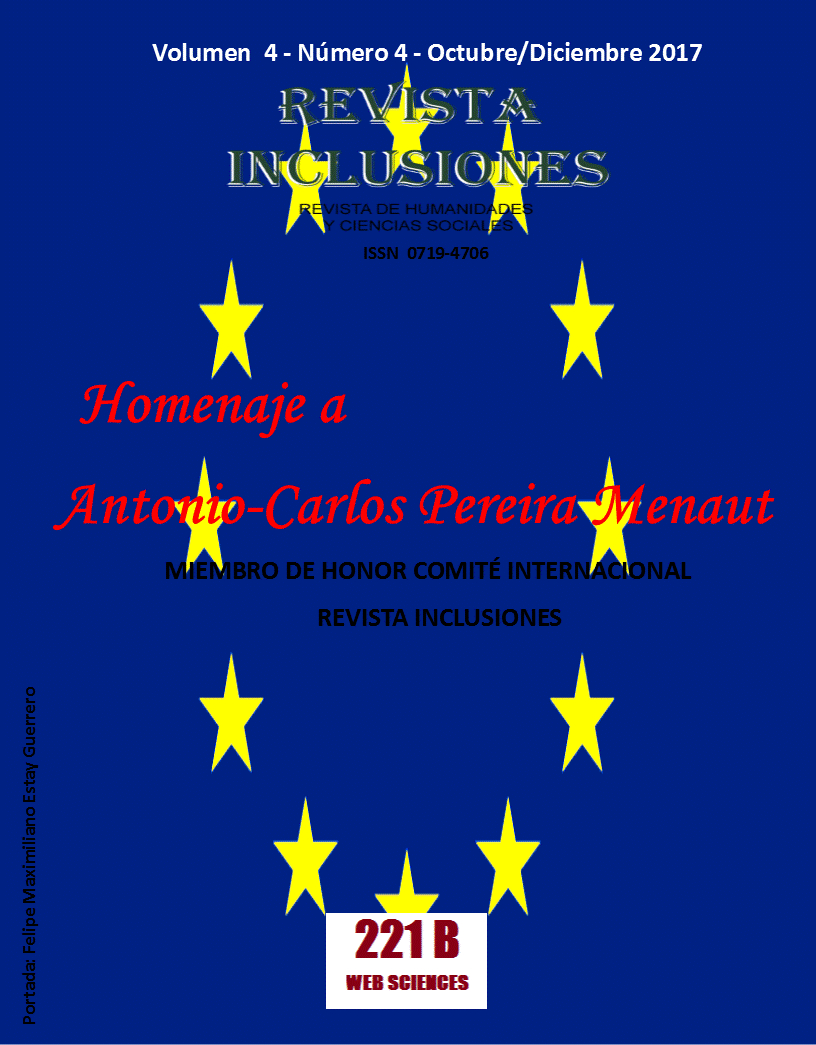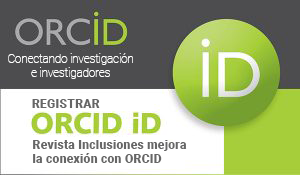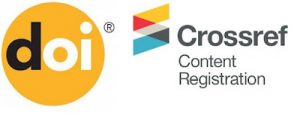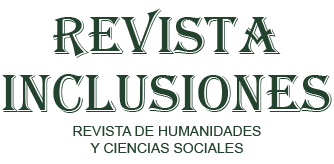DIGITAL DIVIDE AND SOCIAL INEQUALITY IN THE "INFORMATION SOCIETIES"
Keywords:
Divison gap, Digital inclusión, Social inclusión, Society of informationAbstract
The present article is part of the theoretical foundation of a doctoral thesis that is in the final phase, whose subject matter deals with the Digital Divide. The purpose of this article is to share with others a brief description of the Digital Gap phenomenon as a social problem in modern societies today. A social problem originated in developed, technologically advanced societies that extended to all the modern societies of the world. It will be presented here the evolution of the concept of Digital Gap from its own dynamics. A dynamic that was perceived as the phenomenon gradually appeared in its extent and depth. First, he was credited with the idea of a separation between people who owned computers from those who did not own it. Later it was perceived that this was not just this, but a very complex social phenomenon that was gaining more elements in its conception to account for its complexity. This is what is demonstrated in bibliographical consultations made on the subject. It is hoped that this will expose, as soon as possible, the complexity of the phenomenon of the Digital Divide and its conceptualization. A phenomenon whose existence is directly related to economic and social inequality in the Digital Age. It is expected with this article to contribute to the understanding of the Digital Divide as a phenomenon moving within a dynamic process of exclusion / inclusion, proper to the Information Society and Knowledge, not allowing us to locate it neither at the end of the exclusion nor so Little of inclusion, but prays in one, sometimes in another.
Published
How to Cite
Issue
Section
Copyright (c) 2017 Dra. Antônia de Araújo Farias, Dr. Jaime Andreu Abela

This work is licensed under a Creative Commons Attribution-NonCommercial 4.0 International License.
Los autores retienen los derechos de autor y otorgan a Revista Inclusiones el derecho de publicación bajo Creative Commons Attribution 4.0 International (CC BY 4.0). Esto permite el uso, distribución y reproducción en cualquier medio, siempre que se otorgue la debida atribución al autor.











